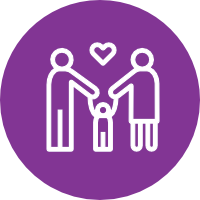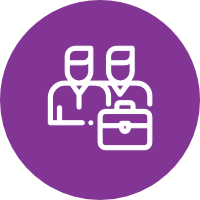Atarah
Atarah is a childcare worker on Buffalo’s West Side. Despite being in her 30s, Atarah describes herself as a dinosaur. She’s worked at the same employer for over a decade and has watched many employees and managers come and go. The turnover has given her more opportunities at work. “I’ve done it all…I’ve worked in every classroom, with every age.” But she has not moved up, despite her desire to do so. Her biggest barrier is getting a GED, which she has been working on for years. Math is part of the problem. But more important than numbers is being a mother with a lot of responsibility and little support. “My biggest challenge is being a single mom, not having any family support, not having any friendship support, trying to satisfy everyone but my own life, working 40 hours a week and going home being there for my kids.”
Atarah talks about going to bed early so she can wake up at 3 a.m. This gives her enough time to study, wake up her three kids, get them ready for school, and get to work by 8 a.m. She walks and uses the bus to get places, so travel can be time-consuming. She’s thankful for her month-to-month rental in a safe neighborhood with many nearby amenities, although her rent has doubled over the past decade. She dreams of taking her experience in the classroom out to the community. Someday she would like to travel to different places in the US and around the globe. With a heart for people and service, she says she’d like to learn from other communities and understand their needs.
“Not having that piece of paper is really hindering me from the things I want to do. I love this place [of employment] but this place isn’t helping me move forward.”




